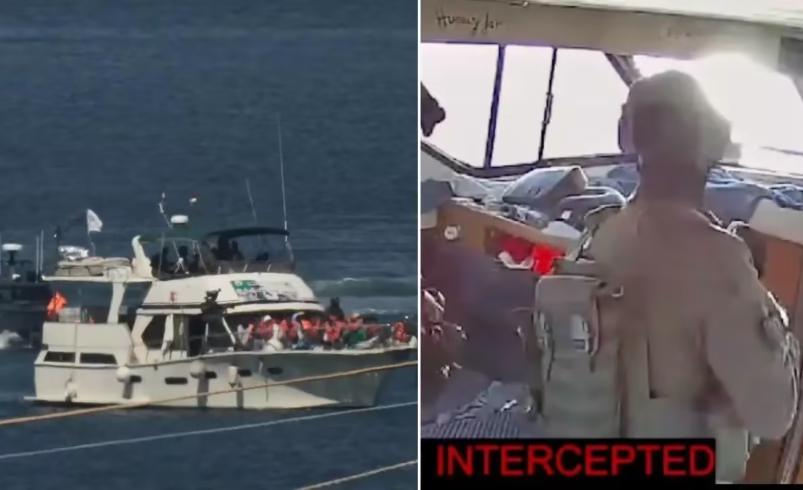How the Global Sumud Flotilla turned interception into global awareness
- October 4, 2025
- 0

The Global Sumud Flotilla’s attempt to challenge Israel’s blockade of Gaza ended before it reached its destination, but the mission succeeded in another powerful way — by capturing the world’s attention. Despite being intercepted by Israeli forces, the flotilla became a global media event that sparked widespread protests, online engagement, and cultural debate across continents.
The flotilla set sail with the goal of breaching the long-standing maritime blockade around Gaza. Israeli soldiers intercepted the vessels before they could reach the coastal enclave, halting their physical progress but inadvertently amplifying their message. The incident quickly became headline news, with images and updates circulating across international media outlets and social platforms.
A key factor behind the flotilla’s global resonance was its use of real-time tracking technology. Supporters around the world followed every movement of the ships through live maps and continuous social media updates. This digital transparency transformed a regional maritime event into a shared global experience, allowing millions to witness developments as they unfolded.
Social networks played a central role in spreading awareness about the mission. Hashtags related to the flotilla trended across multiple countries as users shared videos, statements, and solidarity messages. The immediacy of online communication helped sustain public interest long after the ships were stopped, turning what might have been a brief news story into an ongoing conversation about humanitarian access and freedom of movement.
Among those lending their voices to the cause were several well-known figures, including climate activist Greta Thunberg. Their involvement brought additional visibility to the flotilla’s objectives and drew new audiences who might not otherwise have followed developments in Gaza. The participation of recognizable personalities helped bridge activism across different causes — from environmental justice to human rights — reinforcing the mission’s symbolic power.
Following news of the interception, demonstrations erupted in cities around the world. Protesters gathered outside embassies and public squares to express solidarity with those aboard the ships and to call attention to conditions in Gaza. These rallies underscored how a single maritime event could ignite broader discussions about international law, humanitarian aid, and political accountability.
The Global Sumud Flotilla may not have reached Gaza’s shores, but it achieved something arguably more enduring — it reignited global discourse on access, justice, and resistance through peaceful demonstration. By merging digital activism with physical protest, it demonstrated how modern movements can transcend borders even when physically constrained at sea. Its legacy lies not only in what happened on the water but also in how millions around the world chose to watch, share, and respond.